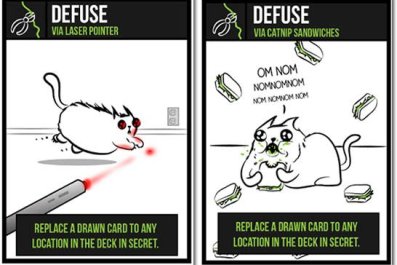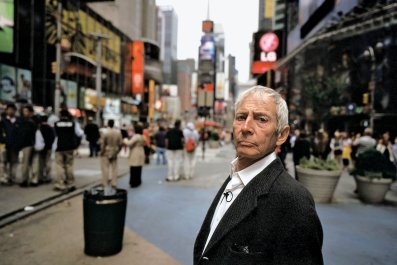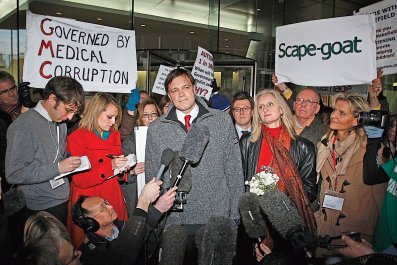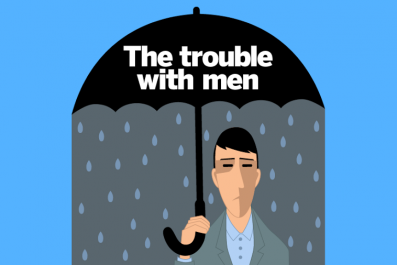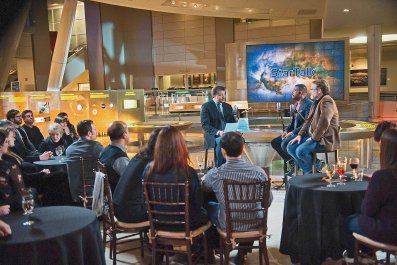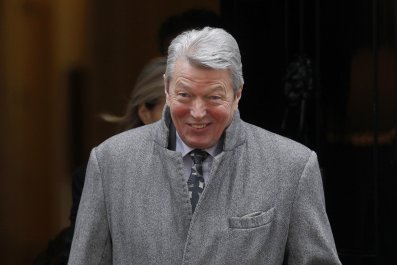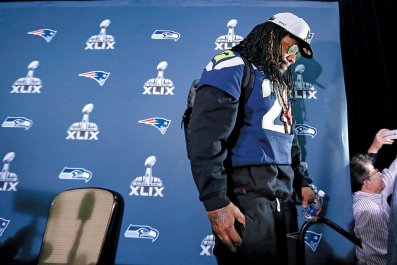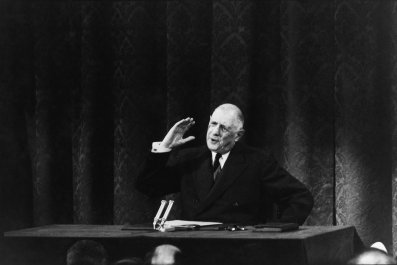Here are some names: Ronnie Lee Graham Jr., Darrell Orlando Daniels, Stephen Antwoine Harris, Keith Allen Cox, Richard Joseph Miller, Henry Lee Bayardo. They were all black men shot and killed in Los Angeles since the beginning of 2015. There are many others, but there isn't space for them here. As the days of the year accumulate, so will the deaths. The names, unknown to most, will be forgotten by nearly all. I forgot them as soon as I wrote them.
That is shameful, but it is true.
"All go unto one place," says the preacher. "All are of the dust." Some, though, go quicker than others. And more violently.
And here are some numbers: Although black men account for only 6 percent of the nation's population, they constitute almost 40 percent of its murder victims. In the 2,677 killings of black men in Los Angeles between 1994 and 2006, there were arrests in only 38 percent of the cases. In 1993, right before the crack tsunami ebbed, a young black man in Los Angeles was as likely to die as was an American soldier during the 2003 invasion of Iraq. At least a soldier felled in Sadr City perished in the service of a greater cause. In Athens Park, things might pop off for no more than a hard foul, the wrong colors, a glance at someone's girl.
This is also shameful. And it is also true.
Lastly, one inescapable conclusion: We do not care about black men. Oh, we might "care" about them while reading the latest dispatch from Ferguson or Cleveland on an idle Sunday afternoon. But what can you or I do to correct the long-standing injustices of slavery, racism and segregation? You know that these accrued wrongs explain the young men in white T-shirts and flat-brimmed Cincinnati Reds hats, sauntering with quiet menace down the street, the old men who talk plangently to themselves in front of convenience stores. Yet we are helpless to help them. And so we turn to the travel section.
Jill Leovy, a reporter for the Los Angeles Times, is one of those rare people who have translated caring into more than just brunch-table outrage. In 2007, she started a blog for the Times called "The Homicide Report," which bills itself as "a story for every victim." "The Homicide Report," which Leovy no longer runs, makes clear whose blood flows and where it does its ample flowing. The city's homicides are largely confined to Southside neighborhoods like Westmont, Watts and Vermont Square. The jagged Modernist villas carved into the Hollywood Hills? They are a distant dream.
Leovy is intent on taking you through that invisible Los Angeles most Americans know only through lurid depictions in films like Menace II Society and the albums of Snoop Dogg. Her new book, Ghettoside: A True Story of Murder in America, is like those Mathew Brady photographs of the Civil War, revealing to the nation bloody battlefields it would not otherwise see. Ghettoside is nominally concerned with a single murder, but Leovy is too distracted by the ensanguined landscape to write the kind of police procedural that might have made for a great true-crime story. As a work of sociology, however, this is first-rate stuff, arguing with suasion and force that "forty years after the civil rights movement, impunity for the murder of black men [remains] America's great, though mostly invisible, race problem."
I suspect that if it were possible, Leovy would have undertaken a Borgesian project in which every murder victim in Los Angeles would be the subject of his own book (the masculine pronoun is apt here as most of the victims are men). But she does highlight a single case, that of Bryant Tennelle, an 18-year-old shot in the Manchester Square neighborhood on May 11, 2007. Tennelle was the son of a respected African-American detective who had married a Costa Rican woman; the Tennelles were a middle-class family that refused to leave the Southside out of principle. Their two older kids had gone to college, happily embodying what remained of the American dream. Bryant veered off, losing interest in school and developing new friends of a tough cast. Yet he wasn't a gangbanger or a gunslinger. Why he was shot in the head as he walked down West 80th Street that spring evening seemed to be a mystery, just another one of those inexplicable atrocities that make life on the wrong side of the Santa Monica Freeway so harrowing on a daily basis.
The work of solving Bryant's murder fell to John Skaggs, a white detective "right out of GQ," according to a fellow officer. He liked working in the ghetto; he liked solving cases. Skaggs looked down on detectives who did the minimum required, deriding them as "40 percenters," a reference to their inexcusably low clearance rate for murder cases. His rate was at least twice as high. Skaggs represents a central conviction of Ghettoside: that, as Leovy writes, "many more of these murders were solvable."
There are plenty of police in black neighborhoods, Leovy concedes, but they are engaged in preventative policing. The head of the Los Angeles Police Department at the time of Bryant's death was William J. Bratton, who became famous as New York City's top cop in the early '90s with the no-crime-too-small approach known as "broken windows."
But handcuffing a teenager caught spray-painting his tag on a convenience store wall is not the same as catching a murderer. A 2009 study of the LAPD by researchers at Harvard found that so-called index crimes ("non-negligent homicide, rape, robbery, aggravated assault, burglary, larceny and motor vehicle theft") constituted a mere 15 percent of the arrests in Los Angeles by 2007, a decline of 12 percentage points since 1982. The study noted that this shift "represent[s] police management decisions to use arrest powers more aggressively for less serious crimes."
"Broken communities, not broken windows, are the real socio-economic crisis in LA, and Bratton's approach simply served to perpetuate the divide," the 1960s activist Tom Hayden wrote in The Nation about the Harvard report as Bratton prepared to resume his leadership of the New York Police Department in 2014. Leovy similarly argues that preventative tactics largely harass blacks without excising the small but highly malignant tumor of violent felons capable of vitiating an entire community.
As the Bureau of Justice Statistics noted in a 2011 report, a black American is six times more likely to be the victim of murder than a white American. The epidemic has made many numb to its horrors. So when a murder victim is a comely teen from California's Huntington Beach, her death is a tragedy guaranteed a good run of column inches and breaking news reports, along with heroically tireless investigators. But a black kid, Cripped-up and bleeding out on a street in LA's Harvard Park, gets the mundane treatment of a fender bender on the Harbor Freeway. The police, busy patching broken windows, respond accordingly.
"The system's failure to catch killers effectively made black lives cheap," Leovy writes, noting that our creaky criminal justice apparatus "hauls masses of black men through its machinery but fails to protect them from bodily injury and death." Apathy is the true villain of the ghetto.
I won't give away whether Skaggs solves Bryant's murder. I will, however, warn that this is less The Wire than The Wire's backstory, an explanation of how the ghettoes of the Southside came to be. For example, how blacks shut out of Southern California's aerospace industry never ascended en masse into the middle class; how prejudicial real estate practices created enclaves of gathering misery; how cops quickly saw the futility of Southside work and, for the most part, yearned for escape.
Summoning history, sociology and criminology, Leovy argues that the pathology of the black ghetto is nothing novel, citing examples of marginal communities that implemented "rough justice" only because there was no justice of any other kind to keep a lasting peace. She points out, for example, that "eighteenth-century [homicide] rates among settlers on the wild edge of the American colonies were almost exactly those of South Central blacks in the twenty-first century." Same for some Arab residents of Israel. As for gangs, Leovy makes the case that they are symptoms of a deeper disease, not the disease itself. Believing that a community can simply "step up" and pacify warring Bloods and Crips is a "pernicious distortion," she argues. Cops need to do that, not church deacons and football coaches.
Leovy's sensitivity to the black victims of gun violence might lead readers to assume that she is just another liberal trumpeting bromides: the shredded social safety net; institutional racism; police brutality. But it is a mistake to think compassion is a weakness, that sympathy erodes judgment. Leovy's book is, in fact, a rejoinder to the witless anti-police sentiment propagated by some lefties. The ghetto desperately needs police officers, she argues. But it needs better police officers, police officers willing to solve tough cases like the Bryant Tennelle murder, to see victims as more than just bangers and hoods.
Ghettoside is a dispatch from a Los Angeles many of us would not otherwise know. Maybe care begins with informed despair, a dismay at how things truly are, intelligent grief that hardens into defiant conviction. "The heart of the wise," the preacher says, "is in the house of mourning."




